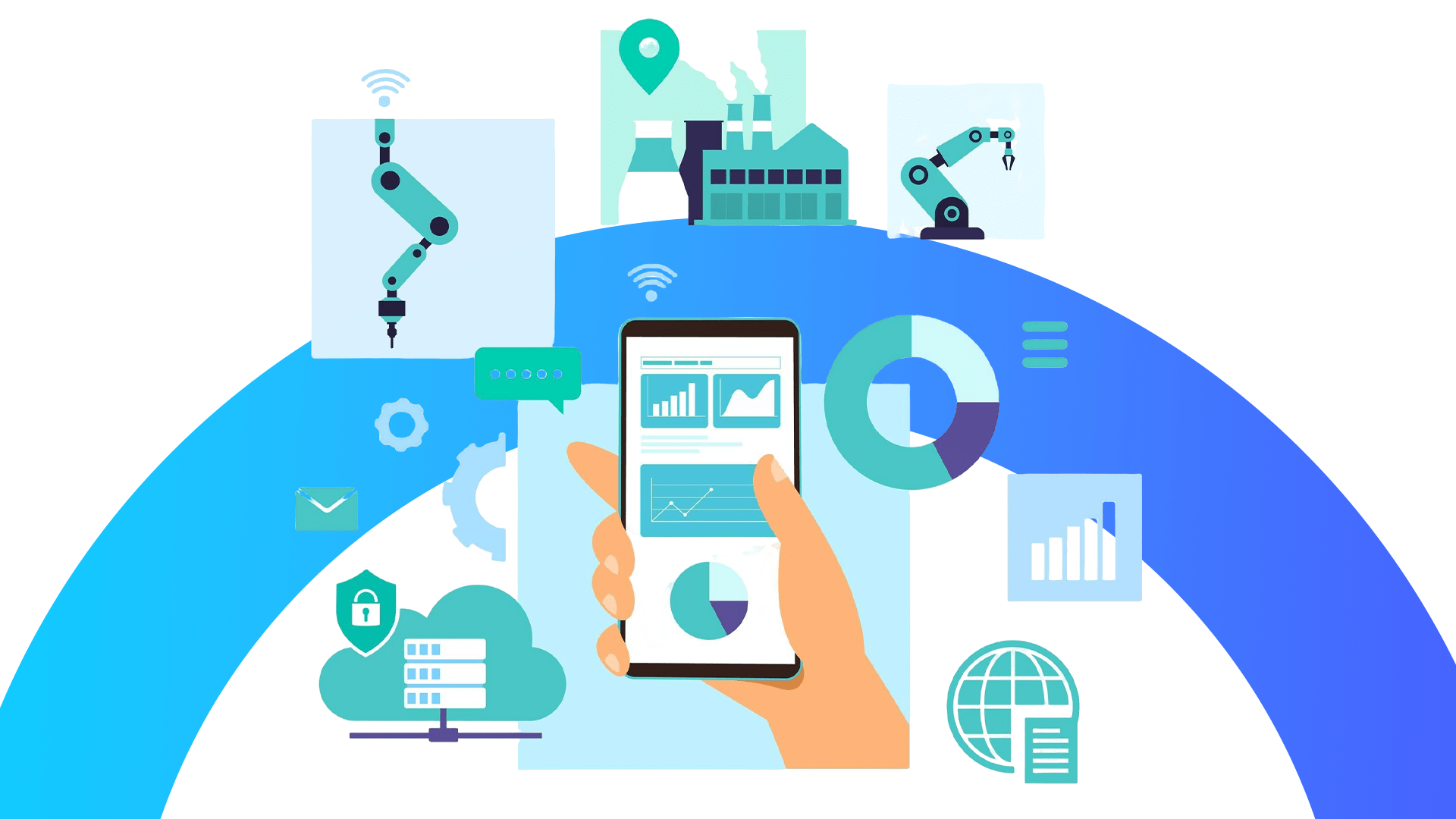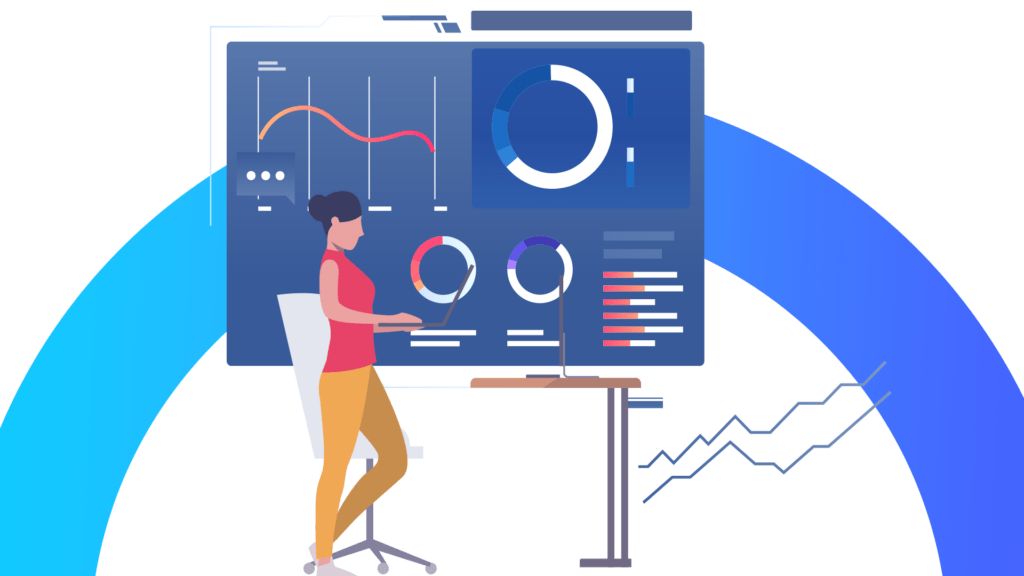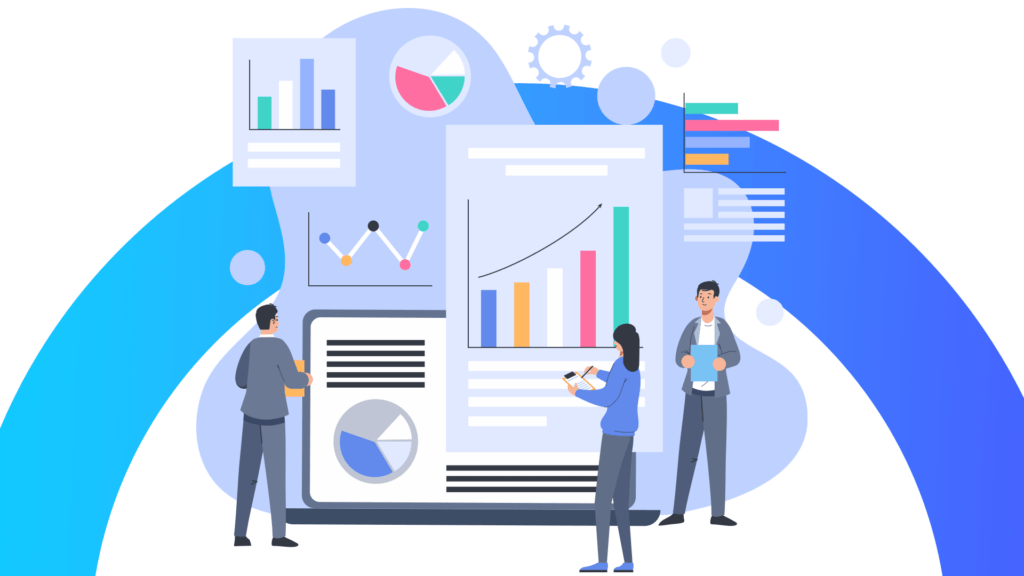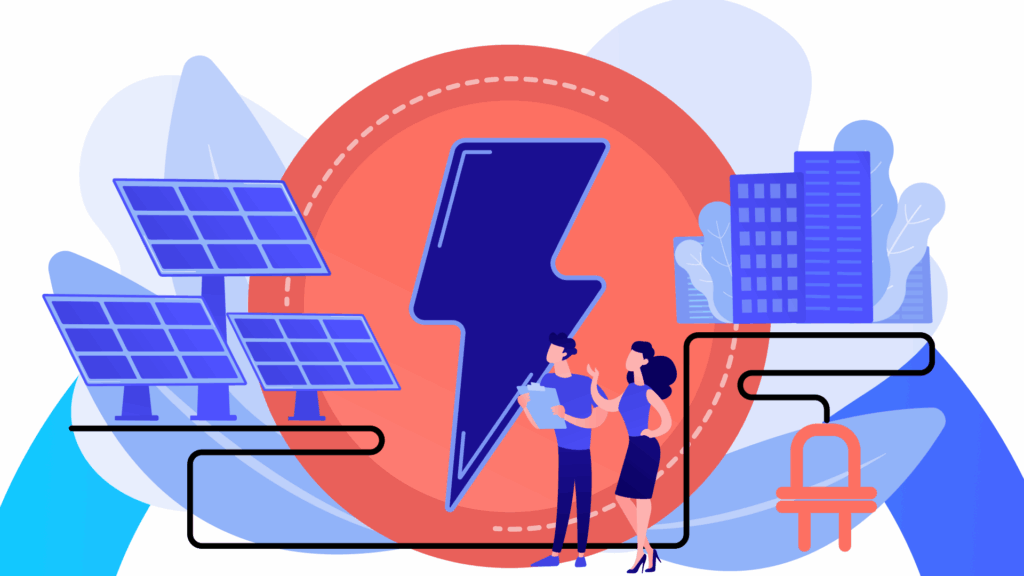What if you could predict the outcome of a decision before it happens? Digital twins make this possible. By creating virtual replicas of physical systems, businesses can simulate and optimize processes, unlocking innovation across industries. To explore their potential, read ahead.
What are digital twins
Have you ever wished for a way to test changes to a system before implementing them in real life? Digital twins make this possible. But what are digital twins? Simply put, they are virtual representations of physical objects, systems, or processes. These virtual models allow businesses to simulate, predict, and optimize outcomes in the digital world before committing to real-world changes.
This revolutionary technology bridges the gap between physical and digital realms, offering unparalleled opportunities for innovation and efficiency. To fully understand its significance, we must explore its origins, applications, and future potential.
A brief history of digital twins

The concept of digital twins has been around longer than you might think. NASA pioneered its use during the 1970s Apollo program. Engineers developed virtual replicas of spacecraft systems to troubleshoot issues remotely. However, the term “digital twin” wasn’t coined until 2002, when Dr. Michael Grieves presented it at a product lifecycle management conference.
Over the years, advancements in IoT, data analytics, and AI have propelled digital twins to the forefront of technology. From aerospace to manufacturing, digital twins have grown into a versatile tool that continues to evolve. Understanding their history provides context for their growing importance in modern industries.
What are digital twin types
Not all digital twins serve the same purpose. Here are the main types:
- Product twins: Focus on the design and manufacturing stages of a product. They help improve efficiency and detect flaws early.
- Process twins: Represent operational processes, enabling businesses to streamline workflows and boost productivity.
- System twins: Model entire ecosystems, such as factories or supply chains, to predict and optimize large-scale operations.
- Performance twins: Monitor real-time performance, providing actionable insights for maintenance and optimization.
Each type serves a unique function, but all share the goal of improving performance and decision-making. Understanding these categories helps businesses choose the right digital twin solution for their specific needs.
Computational models vs. digital twins
It’s easy to confuse computational models with digital twins. While both involve simulations, they differ significantly. Computational models analyze specific scenarios using predefined data. In contrast, digital twins are dynamic and continuously update with real-time data from their physical counterparts.
This constant feedback loop allows digital twins to adapt and evolve alongside their real-world counterparts. This adaptability makes digital twins an invaluable tool for industries that require real-time decision-making and predictive insights.
Digital twins and AI
Digital twins thrive on data, and AI makes that data actionable. Artificial intelligence enables digital twins to process vast amounts of information, recognize patterns, and make predictions. For instance, AI-powered digital twins can forecast machinery breakdowns or optimize energy usage.
The combination of AI and digital twins is a game-changer. Together, they empower industries to shift from reactive to proactive strategies. This synergy unlocks smarter, data-driven decisions that drive efficiency and innovation.
Applications of digital twins
Where can digital twins make an impact? Almost everywhere. Here are some industries leveraging this transformative technology:
- Healthcare: Digital twins model patient organs or surgical procedures, enabling personalized treatments and risk-free planning.
- Manufacturing: Factories use digital twins to enhance production efficiency and reduce downtime through predictive maintenance.
- Smart cities: Urban planners optimize traffic flow, energy consumption, and infrastructure with city-scale digital twins.
- Automotive: Automakers simulate vehicle designs and performance, accelerating innovation and safety testing.
- Energy: Power grids rely on digital twins to ensure stability, manage loads, and integrate renewable sources.
These examples highlight how digital twins transform industries by addressing specific challenges and improving outcomes.
Real-world use cases
- Rolls-Royce: Uses digital twins to monitor and maintain jet engines, ensuring optimal performance and safety.
- Singapore: Developed a city-wide digital twin to tackle urban challenges like traffic congestion and housing.
- Tesla: Employs digital twins for over-the-air software updates and predictive maintenance for its vehicles.
Challenges in implementing digital twins and how to overcome them
Despite their benefits, digital twins come with challenges:
1. Data overload
Managing and processing massive data volumes can overwhelm systems. Organizations collect real-time data from sensors, machines, and IoT devices, often leading to unmanageable datasets. This can slow down operations and impact decision-making.
Solution: Invest in robust data management and analytics tools, like Asset Performance X. It offers integrated data management and analysis to handle these challenges effectively. By implementing cloud-based systems or edge computing, data can be processed efficiently and lead to reduced latency.
2. Integration complexity
Connecting digital twins with existing systems often proves difficult. Legacy systems and fragmented IT infrastructures pose significant hurdles during integration. Misaligned data formats and protocols can disrupt workflows.
Solution: Use scalable platforms and open standards to simplify integration. Collaborate with technology vendors experienced in creating interoperable solutions.
3. Cost
Developing and maintaining digital twins can be expensive. Initial setup costs for hardware, software, and skilled personnel can deter businesses. Operational expenses for upgrades and maintenance also add up.
Solution: Focus on high-value use cases like APX to ensure a strong return on investment. Start small with pilot projects and scale incrementally based on proven benefits. Asset Performance X supports incremental scaling, making it a cost-effective choice for businesses exploring digital twins.
4. Security concerns
Real-time data exchange introduces risks of cyberattacks. Cyber threats targeting IoT devices and digital twin platforms can compromise sensitive data and disrupt operations.
Solution: Implement advanced cybersecurity measures and regular audits. APX uses encryption, firewalls, and multi-factor authentication to protect systems, offering robust cybersecurity features to safeguard digital twin ecosystems.
5. Skill gaps
Digital twins require expertise in AI, IoT, and data analytics. Many organizations lack trained personnel to design, deploy, and manage digital twins effectively.
Solution: Invest in training programs and hire specialists. Partnering with universities or technical institutions can create a talent pipeline. APX’s user-friendly interface reduces the need for extensive training, bridging the skill gap efficiently.
6. Resistance to change
Employees and management may resist adopting new technologies. Fear of complexity or job displacement can hinder the implementation process.
Solution: Educate stakeholders on the benefits of digital twins. Highlight successful use cases to build confidence and support. With simplified onboarding process, quicker adoption can be fostered across teams.
Addressing these obstacles ensures smoother adoption and greater benefits. With proper planning and investment, businesses can overcome these hurdles and unlock the full potential of digital twins.
The future of digital twins
What lies ahead for digital twins? The possibilities are limitless. As AI and IoT technologies advance, digital twins will become more intelligent and accessible. Industries like healthcare may create patient-specific twins for personalized medicine. Smart cities might integrate digital twins to manage resources sustainably.
Additionally, the rise of the metaverse could see digital twins shaping immersive virtual experiences. Imagine a world where businesses simulate entire operations in the metaverse before executing them in reality. This convergence of digital twins and emerging technologies promises to reshape industries and unlock new opportunities.
Digital twins represent not just the future of technology but also a gateway to smarter, more sustainable solutions.
Conclusion
Digital twins are transforming how we design, operate, and maintain systems across industries. By blending the physical and digital worlds, they empower businesses to innovate, save costs, and enhance efficiency. Understanding their history, types, and applications can help organizations unlock their full potential.
As challenges are addressed and technology advances, the potential for digital twins will only grow. The question is, are you ready to embrace this revolutionary technology? If so, talk to our experts to learn more.




